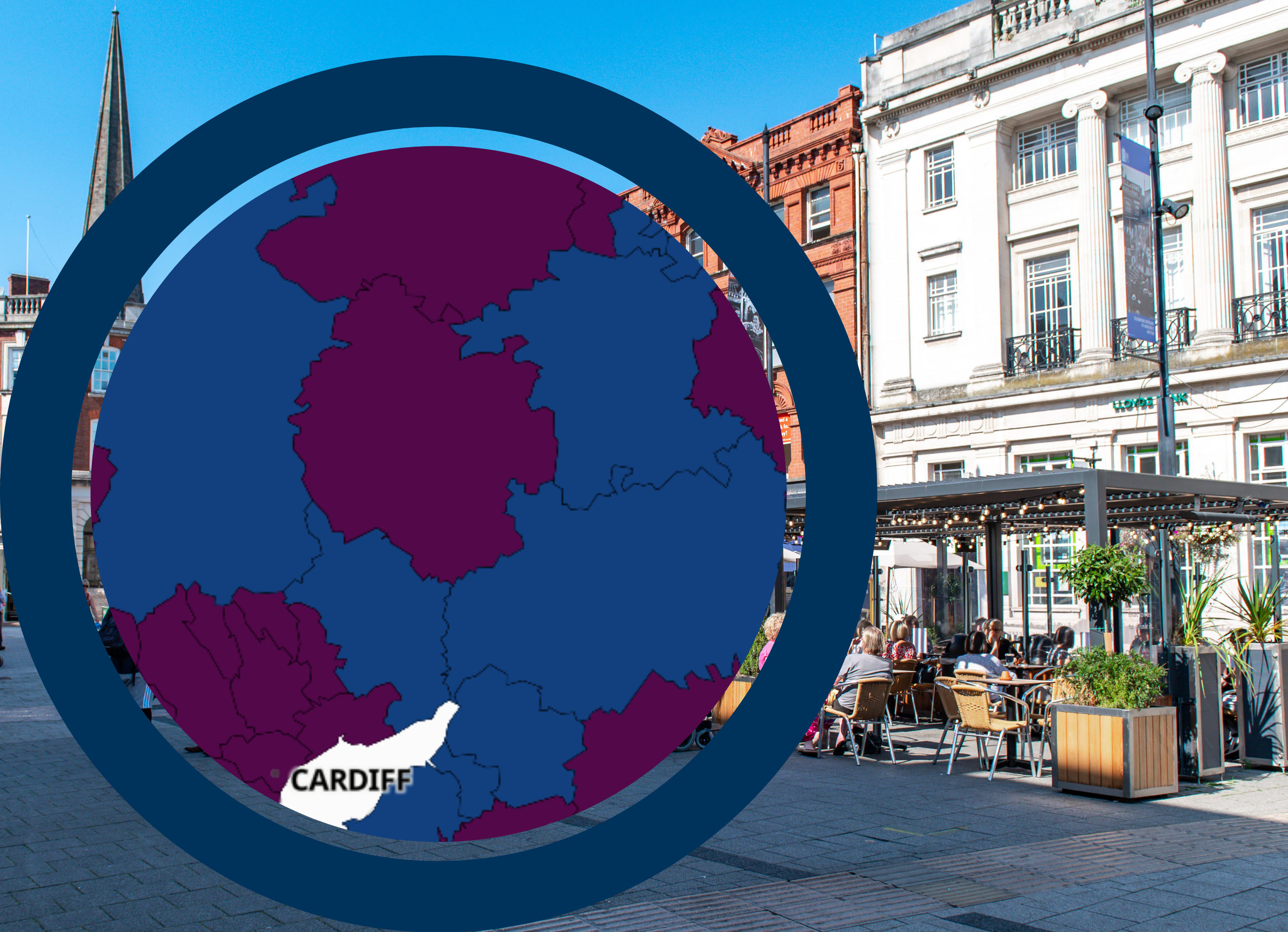Anyone taking notice of COVID-19 infection rates over recent weeks will have noticed that at the end of September, Herefordshire had one of the highest COVID-19 infection rates in the United Kingdom, where as neighbouring Gloucestershire had one of the lowest infection rates in the country.
That will baffle some people, with Gloucestershire having larger urban areas than Herefordshire such as Gloucester and Cheltenham, however there may be a simple reason behind this.
During September, Herefordshire’s COVID-19 infection rate surged, but this was mainly down to a huge number of infections being recorded in children. In truth, the infection rate in those aged 60 and over remained at a relatively stable level. It was a similar picture in Gloucestershire, but the number of school children infected was significantly less than in Herefordshire. One likely reason is due to the fact that Gloucestershire experienced it’s third peak earlier than Herefordshire.
Numbers for the seven day period ending 27th September indicate that in children aged 10-14 years-old, the infection rate in Herefordshire was 4,515 cases per 100,000 population, but in Gloucestershire the infection rate for children of the same age was far lower, with a rate of 1,100 cases per 100,000 population.
In the seven day period ending 7th July, Gloucestershire recorded 1,584 cases of COVID-19, giving an infection rate of 247 cases per 100,000 population. In comparison, during the same period Herefordshire recorded just 198 new cases and an infection rate of 102.3 cases per 100,000 population. Switch to September and the picture flipped considerably. During the seven day period ending 29th September, a total of 1,211 new cases of COVID-19 were recorded in Herefordshire, giving an infection rate of 626 cases per 100,000 population. During the same period, Gloucestershire recorded 1,484 new cases, but an infection rate of just 232 cases per 100,000 population. (Please remember that Gloucestershire’s population is more than 3x that of Herefordshire).
It appears that Gloucestershire’s low infection rate numbers are down to one reason and that’s simply that fewer children aged 10-14 years-old have been infected since returning to school in comparison to the rest of the country.
Interactive map of cases | Coronavirus in the UK (data.gov.uk)




